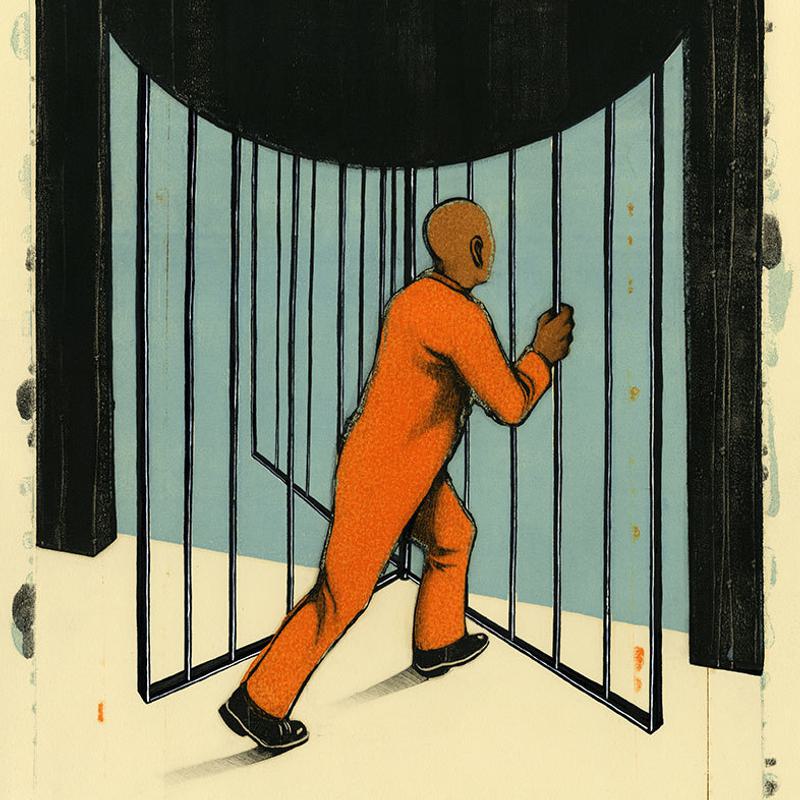The Prison Paradox More Incarceration Will Not Make Us Safer

Overview
For the Record Evidence Brief Series
Despite its widespread use, research shows that the effect of incarceration as a deterrent to crime is minimal at best, and has been diminishing for several years. Indeed, increased rates of incarceration have no demonstrated effect on violent crime and in some instances may increase crime. There are more effective ways to respond to crime—evidenced by the 19 states that recently reduced both their incarceration and crime rates. This brief summarizes the weak relationship between incarceration and crime reduction, and highlights proven strategies for improving public safety that are more effective and less expensive than incarceration.
Key Takeaway
Increased incarceration has a marginal-to-zero impact on crime. In some cases, increased incarceration can even lead to an increase in crime.
Publication Highlights
Research shows that any crime reduction benefits from increased incarceration apply only to property crimes. Higher incarceration rates are not associated with lower violent crime rates.
Each increase in incarceration rates is associated with increasingly smaller reductions in crime rates.
The United States is spending heavily on jails and prisons while under-investing in less expensive, more effective ways to reduce and prevent crime.
